Know The Safety Measures For Your Pet During Monsoon

Welcoming a pet into your home brings joy and companionship, but it also comes with responsibilities. Ensuring the safety and well-being of your furry friend requires a proactive approach. During changing weather, keeping pets safe becomes crucial for their health and well-being, as they can be more vulnerable to temperature fluctuations, humidity, and seasonal hazards. […]
Best Grooming Tips Every Pet Parent Should Know
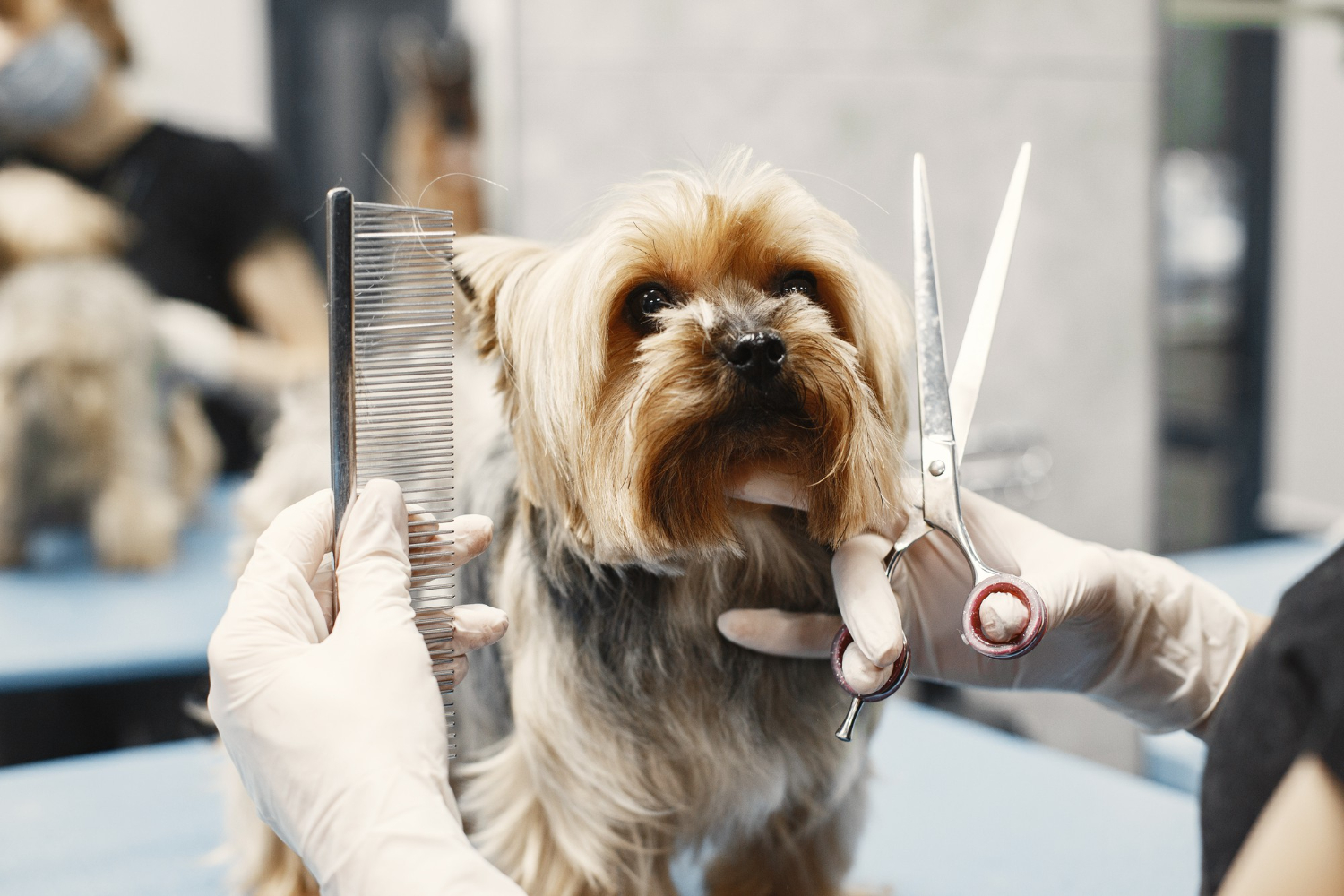
As pet parents, we all want our furry companions to be happy, healthy, and looking their best. Proper grooming is essential for achieving this. Whether you have a dog or a cat, regular grooming not only keeps them looking good but also ensures they remain comfortable and healthy. Grooming goes beyond mere aesthetics; it plays […]
A Date With Your Pet
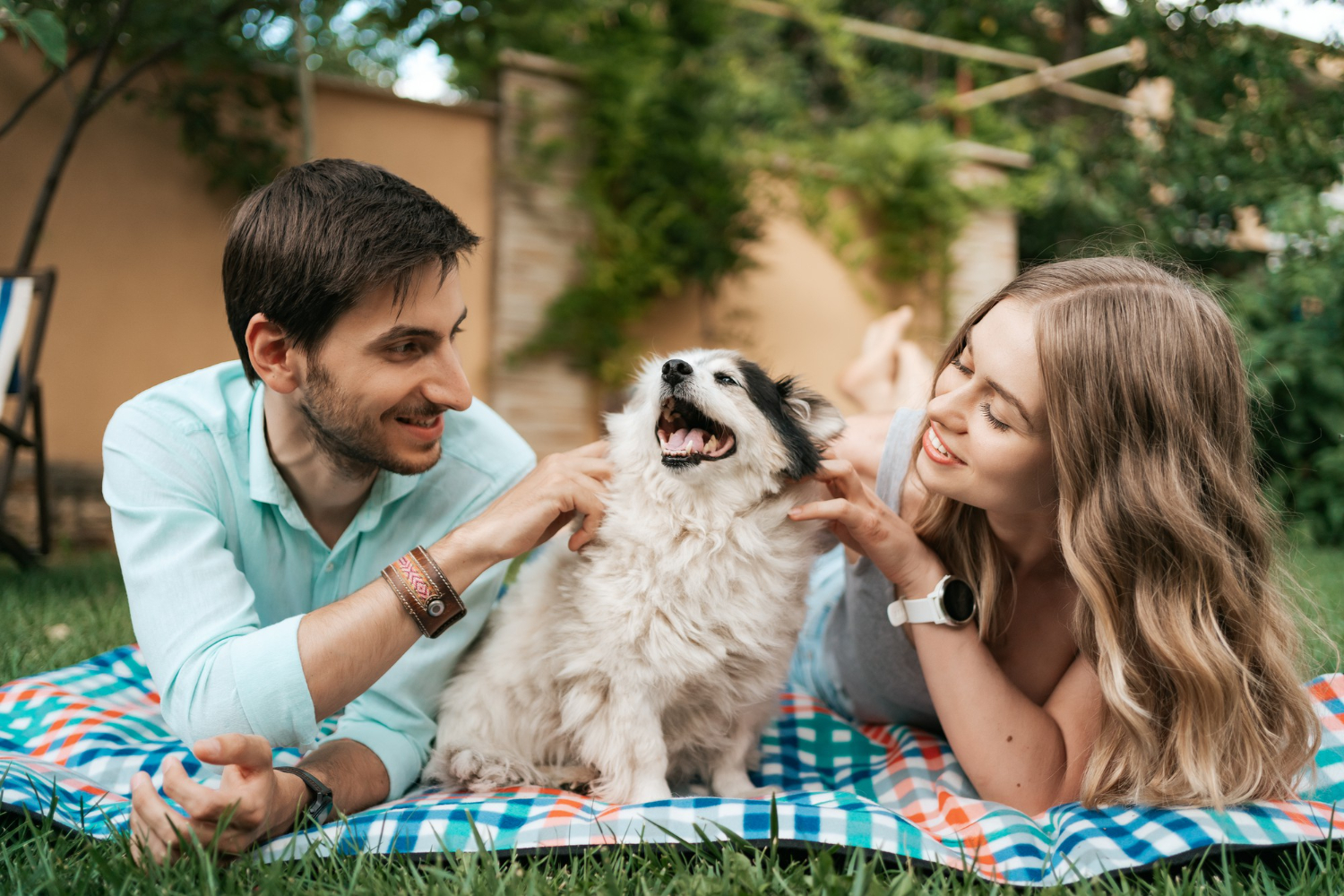
Have you ever looked at those loving eyes, filled with adoration, urging you to spend some quality time together? No, we are not painting a picture of ‘hooman’ eyes, but those little furry friends hinting of longingness to just have you beside for a while. Our pets bring joy, comfort, and unconditional love into our […]
How to Be Your Pet’s Therapist
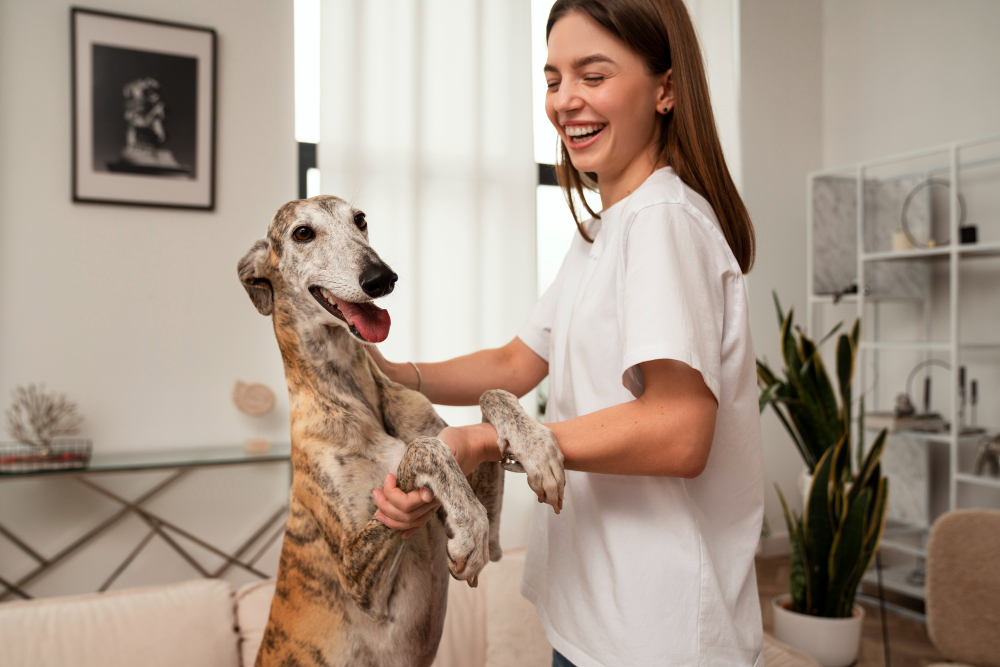
Being a pet parent is a rewarding experience, but it also comes with its own set of challenges. Just like humans, pets can experience stress, anxiety, and emotional difficulties. While they might not express their feelings in words, their behaviour and body language often speak volumes. As a loving pet parent, you have the power […]
Avoid These Six Mistakes When Reading Pet Food Labels
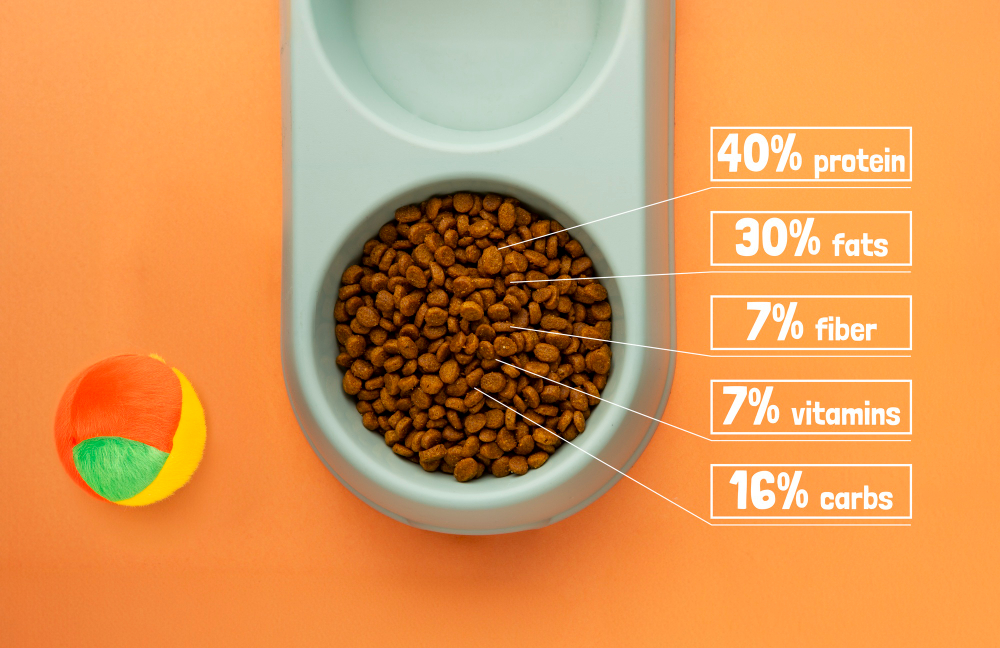
As a pet parent, you want to provide the best nutrition for your furry family members. Navigating pet food labels, however, can be a daunting task with all the scientific jargon and marketing hype. To help you make informed decisions, we have compiled a list of common mistakes pet parents make when reading pet food […]
Why Pet Law Is Crucial For India?

Humans have been recognized as the topmost creature in the hierarchy of living beings due to several unique characteristics and capabilities that sets them apart. Nonetheless, it’s imperative to recognize that preceding this category are animals, each gifted with its own set of remarkable qualities as shaped by nature. Despite their inherent value and contributions […]
Taking Your Dog for a Walk: The Do’s, Don’ts, and How-Tos
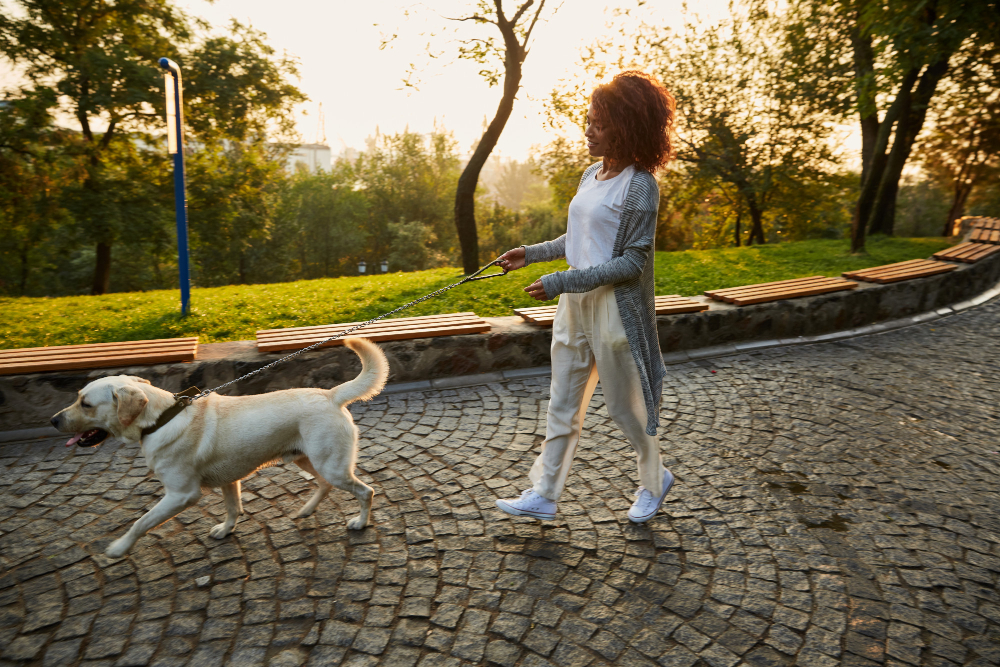
Walking your pet is much more than a daily routine; it’s a vital part of their well-being and an excellent way for you to bond. Whether you have a playful puppy or a curious grown up dog, ensuring their safety and enjoyment during walks is essential. To help you get the most out of their […]
Preventing Zoonotic diseases
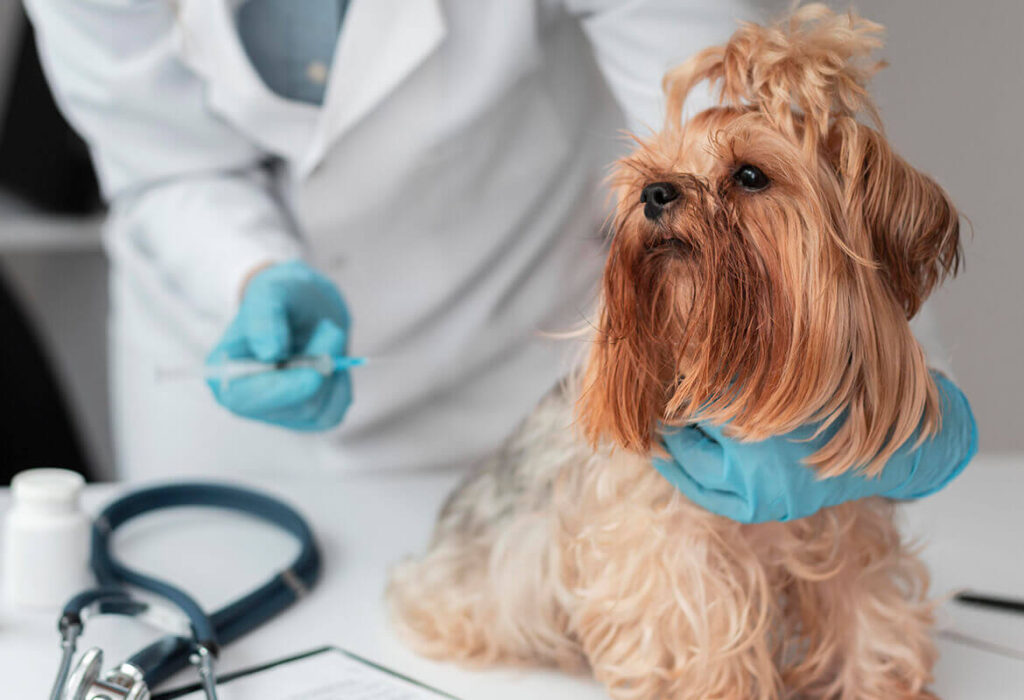
Human-animal interactions enrich our lives. But, this can also pose risks to both humans and animals. One of these risks is the spread of disease between humans and animals. Fortunately, preventive measures and good hygiene are simple ways to reduce the risk of disease. What are zoonotic diseases? Zoonotic diseases are diseases that can […]
How to start training your puppy?

Puppies are quick learners. They learn from the environment, from socializing with people or other animals and also from direct training. Training gives the perfect foundation for their adulthood. Providing puppies with the appropriate socialization and basic puppy training allows them to grow into confident adult dogs. Follow this step-by-step puppy training guide to set […]
Help pets with pain stay happy
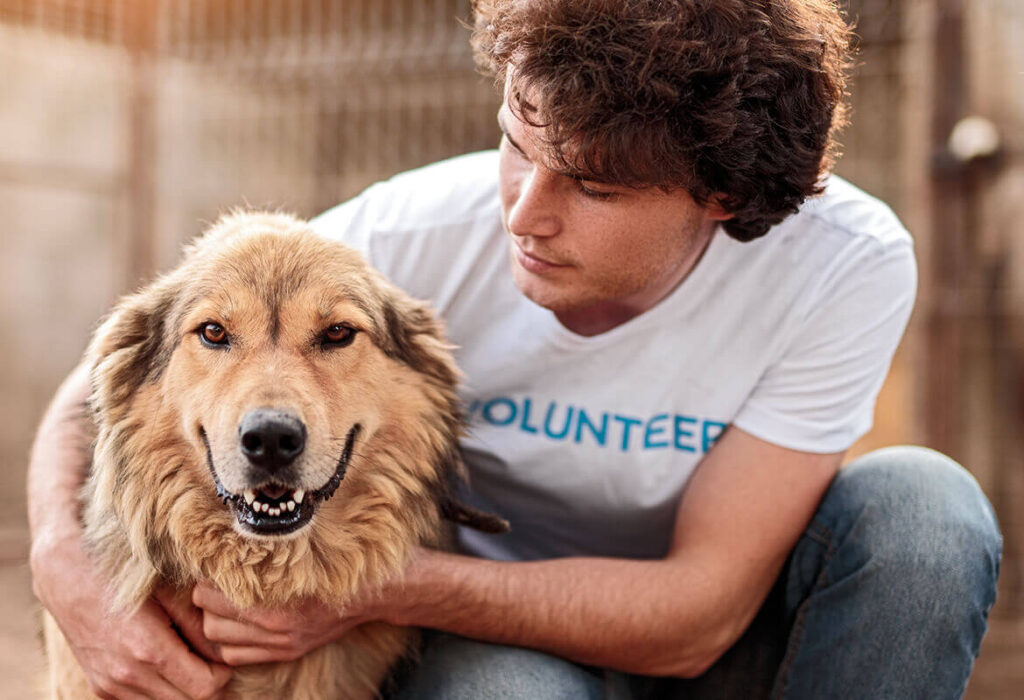
It is that time of the year when your pet may feel uncomfortable due to increased sensation of stiffness and pain in joints. Moreover, for pets who have osteoarthritis, this is one of the most challenging times. Also heart-breaking it is for pet parents to see their child writhing in pain, unable to move with […]
